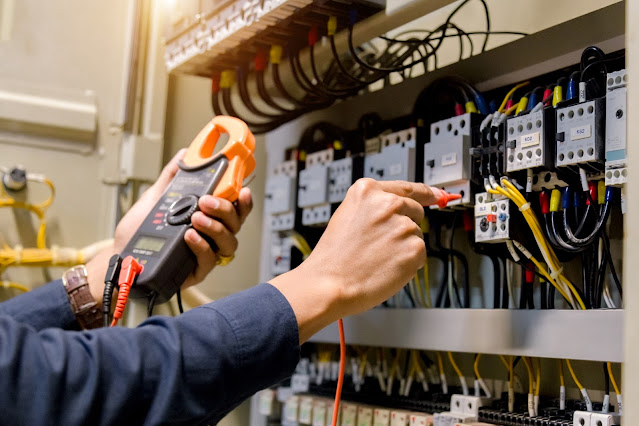Global Automotive Floor Mats Market Is Estimated To Witness High Growth Owing To Increasing Vehicle Sales and Growing Focus on Vehicle Interior Aesthetics
A) Market Overview:
The global Automotive Floor Mats Market is estimated to be valued at
US$ 11.7 Mn in 2022 and is expected to exhibit a CAGR of 4.5% over the forecast
period (2023-2030). Automotive floor mats are essential accessories that
protect the vehicle's floor from dirt, moisture, and wear and tear. These mats
not only enhance the longevity of the vehicle's interior but also add to its
aesthetic appeal. They are available in various materials such as rubber,
carpet, and vinyl, catering to different customer preferences. Automotive floor
mats find extensive applications in passenger vehicles, commercial vehicles,
and off-road vehicles.
B) Market Dynamics:
1. Increasing Vehicle Sales: The growing demand for vehicles worldwide
is a major driver for the growth of the automotive floor mats market. The
rising per capita income, improving living standards, and availability of easy
financing options have led to increased vehicle sales. As a result, there is a
higher demand for automotive floor mats to protect and enhance the interiors of
these vehicles.
2. Growing Focus on Vehicle Interior Aesthetics: With the increasing
inclination towards vehicle customization and personalization, consumers are
placing greater importance on the aesthetics and comfort of their vehicles'
interior. Automotive floor mats play a significant role in enhancing the
overall appearance of the vehicle's cabin. Manufacturers are offering a wide
range of floor mat designs, colors, and materials to cater to the diverse
preferences of customers.
C) Market Key Trends:
The key trend in the automotive floor mats market is the use of
eco-friendly and recyclable materials for manufacturing floor mats. With
growing environmental concerns, customers are becoming more conscious of
sustainable products. Manufacturers are developing floor mats using materials
such as recycled rubber or biodegradable materials to reduce the impact on the
environment. For example, 3M, one of the key players in the market, offers
floor mats made from recycled materials, contributing to a greener automotive
industry.
D) SWOT Analysis:
- Strengths:
1. High demand for automotive floor mats due to increasing vehicle
sales.
2. Growing focus on vehicle interior aesthetics.
- Weaknesses:
1. Availability of counterfeit or low-quality floor mats in the
market.
2. High competition among key players.
- Opportunities:
1. Rising adoption of electric vehicles with a need for specialized
floor mats.
2. Growing aftermarket sales of automotive floor mats.
- Threats:
1. Fluctuating raw material prices affecting product pricing.
2. Stringent regulations regarding emissions and vehicle interiors.
E) Key Takeaways:
- The global automotive
floor mats market is expected to witness high growth, exhibiting
a CAGR of 4.5% over the forecast period, due to increasing vehicle sales and a
growing focus on vehicle interior aesthetics.
- Asia Pacific is projected to be the fastest-growing and dominating
region in the market, driven by the rising disposable income, increasing
automotive production, and expanding infrastructure.
- Key players operating in the global Automotive Floor Mats Market
include 3M, Auto Custom Carpet Inc., Autotech Nonwovens Pvt Ltd., Conform
Automotive, Feltex, GAHH LLC, RACEMARK International LLC, Lloyd Mats Inc.,
German Auto Tops Inc., Lear Corporation (Masland Corporation), Low & Bonar
PLC, Suminoe Textile Co., Ltd., Toyota Boshoku Corporation, Walser GmbH,
MacNeil Automotive Products Limited (WeatherTech), Husky Liners Inc. (Truck
Hero Inc.), and Lund International Inc. These companies are focusing on product
innovation, strategic collaborations, and mergers and acquisitions to expand
their market presence and gain a competitive edge.
In conclusion, the global Automotive Floor Mats Market is expected to
experience significant growth in the coming years, driven by factors such as
increasing vehicle sales and the growing emphasis on vehicle interior
aesthetics. The use of eco-friendly materials and the rising adoption of
electric vehicles present lucrative opportunities for market players. However,
challenges such as counterfeit products and fluctuating raw material prices
need to be addressed.




Comments
Post a Comment